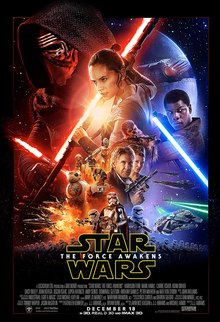
Valerian and the City of a Thousand Planets
Sometimes a good thing is worth waiting for. Fifty years after the debut of the French space adventure comic series Valérian and Laureline, these intrepid heroes have reached the big screen. Valerian is the creation of writer Pierre Christian and illustrator Jean-Claude Mézières. The series has won numerous awards but few people know it in the English-speaking world. Though I haven’t yet read this long running series (it would give Doctor Who a run for its money) judging by the movie, it must be pretty impressive.
Valerian follows the 28th Century adventures of government agent Major Valerian (played by Dane DeHaan) and his partner and love interest, Sergeant Laureline (Cara Delevingne.) The story’s exotic settings include the giant multi-species space station Alpha and the paradise world of Mul. The film is visually stunning and replete with the usual CGI spectacle. The action is non-stop but well paced, not needlessly frenetic like, for example, J.J. Abram’s recent Star Trek and Star Wars movies.
Though “City of a Thousand Planets” is not the most inspired title, I’m at a loss to think of a better one, except perhaps “Series that Spawned a Thousand Imitators.” As I watched the move, I was struck by the number of elements I’d seen in other sci-fi TV shows and movies, including Star Wars, Star Trek, Avatar, The Fifth Element, and Babylon Five. Since the Valerian comic series has been around longer than most of them (and almost as long as Star Trek,) we can guess who was plagiarizing whom. The Millenium Falcon, to name just one example, looks an awful lot like Major Valerian’s spaceship.
Overall, the movie was quite enjoyable but no masterpiece. It couldn’t live up to its amazing trailer, which features a pastiche of the movie’s most spectacular images set to the Beatles song “Because.”
The story is interesting, though not terribly original. I correctly predicted many of its plot turns, which is always disappointing. The main characters are likable though their acting is a bit flat at times. In fact, my favorite performance was by pop singer Rihanna as Bubble the shape-shifter. In particular, I found DeHaan’s youthful appearance jarring. He barely looks old enough to drive a car, let alone pilot a spaceship. The movie’s lowest points revolve around the romantic banter between him and Delevingne, which was at times painfully cliché. The action scenes made up for that.
Flaws aside, Valerian is still a must-see for any science fiction buff, especially Star Wars aficionados who loved the originals. I’d rate it 4 out of 5 stars.



